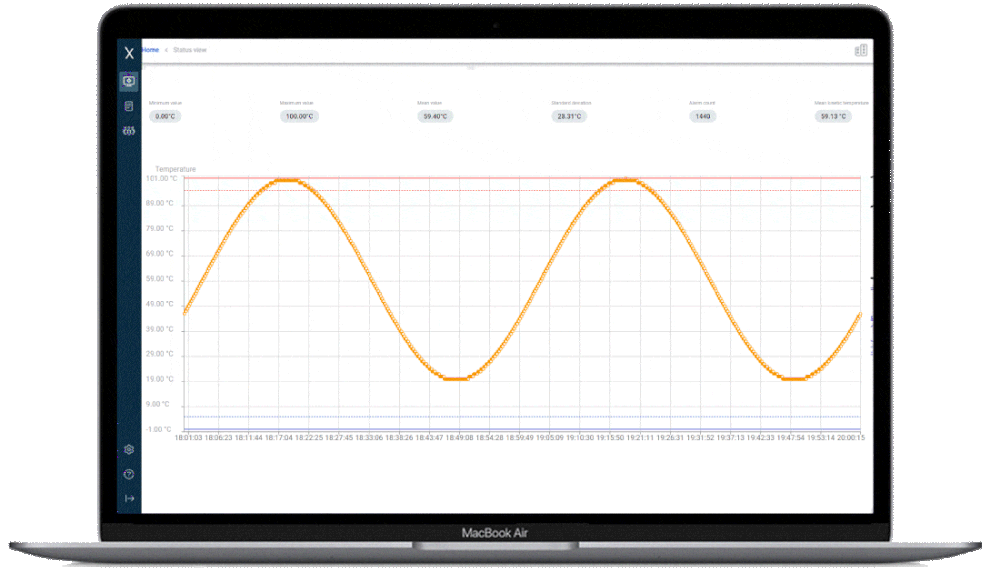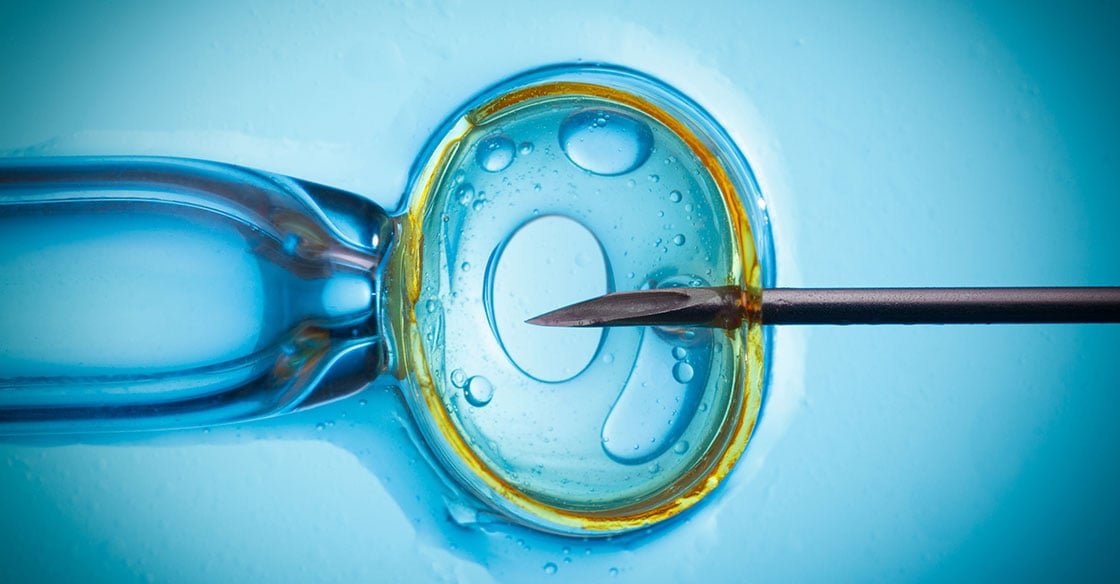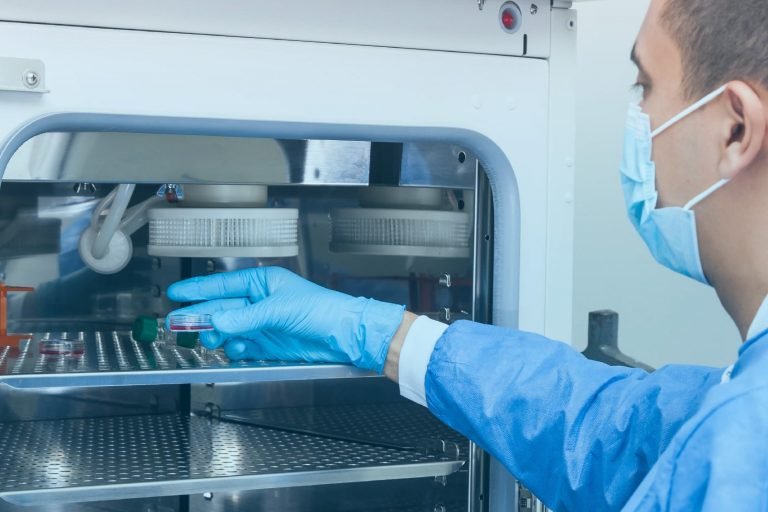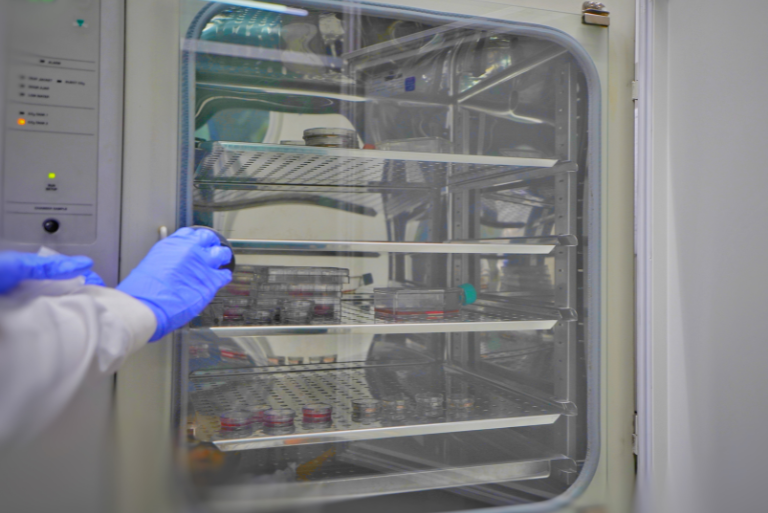Live Agent Environmental Monitoring System for IVF
24/7 Eyes on Your Fertility Clinic
The lab environment is the heart of IVF and fertility clinic operations. A single lapse in control over the lab environment can have far-reaching consequences, from compromised patient outcomes to irreplaceable sample loss. XiltriX brings decades of experience monitoring fertility clinic environments to help your clinic prevent catastrophic loss.
Serious Science Demands Serious Vigilance
In IVF and fertility clinics, every sample represents a unique and irreplaceable opportunity. Based on decades of experience monitoring IVF and fertility clinics, we deliver a reliable monitoring system through purpose-built hardware, software, and the SafetyNet team.
The Only IVF Monitoring System with Problem-Solvers Included
Experience peace of mind knowing that our team is on every alarm escalation protocol. We’re here to provide expert guidance to help you diagnose, evaluate, and address any problem, especially in moments of high stress.
Sensors and Integrations for IVF Clinics
| CO2 Sensors | VOC Sensors |
| O2 Sensors | Weight/Scales |
| External Crytoank Temperature Sensors | Level by Temperature |
| Temperature Sensors | Power Consumption |
| rH&T | Door Contacts |
+ Many More
Don’t see a sensor you’re looking for? Contact our team to speak to an expert.
IVF Equipment Monitored by XiltriX
Incubators: Box Type, Bench Top
Incubators are critical in the IVF process, providing the controlled environment necessary for embryo development. XiltriX integrates with your incubators to help ensure critical parameters stay within normal ranges.
-
CO₂/O₂ Sensors: Ensuring the correct levels of carbon dioxide and oxygen is crucial for maintaining optimal conditions for embryo growth.
Temperature Sensors: These sensors monitor the unit to ensure there are no temperature deviations.
Humidity Sensors: Controlling humidity levels helps prevent dehydration and ensures the incubators remain in optimal conditions.
Digital Alarm Output: We integrate with the device to provide general alerts. Many bench top incubators are black boxes and difficult to remotely monitor for the key parameters. It’s imperative to never compromise the door seal of an incubator, so the best option is to integrate with available digital alarm outputs.
Custom Integrations: Depending on the incubator you have, we can do global alarms, digital alarms, temperature alarms, CO₂, O₂, and chamber temperature.
Fridges (4°C)
Fridges operating at 4°C are used for the short-term storage of media and other supplies in IVF clinics. XiltriX continuously monitors your fridges to ensure they remain operational and hold temperature.
-
Temperature Sensors: These sensors monitor the unit to ensure no temperature deviations.
Door Contacts: Detect door status to prevent temperature fluctuations caused by frequent openings and ensure consistent internal conditions.
Power Consumption: Monitoring power usage helps identify potential issues with a unit’s performance and efficiency. It also aids in preventive maintenance by signaling when a freezer may need servicing to avoid unexpected failures.
Digital Alarm Output: We integrate with the device to provide general alerts.
Cryo Tanks
Cryo tanks are used for the long-term storage of embryos and other biological samples at ultra low temperatures. XiltriX monitors parameters like temperature and relative humidity and alerts as soon as a deviation is detected.
-
Level by Temperature: Measure liquid nitrogen levels to prevent sample exposure to temperatures above the critical threshold.
Relative Humidity & Temperature (rH&T) Sensors: These sensors ensure that external conditions remain stable, safeguarding the integrity of the samples by preventing fluctuations in humidity and temperature that could affect the storage environment.
External Temperature Sensors: A surface temperature probe sits on the neck of the device and registers within seconds of a vacuum failure.
Weight/Scales: Monitoring the weight of cryo tanks is one way to understand how much liquid nitrogen is remaining in the unit. As the liquid evaporates, the tanks will become lighter and alerting when weight is too low can mitigate risks.
Backup Power
Backup generators and uninterruptible power supplies (UPS) are critical for ensuring continuous operation during power outages. XiltriX ensures these systems stay up and running so your clinic always has power through any conditions.
-
Power Supply Status: Monitor the stability and availability of the power supply to ensure operational continuity, preventing disruptions that could compromise sample integrity.
Facility & Environmental Factors Monitored by XiltriX
Gas Manifold
Gas manifolds distribute gases to various lab instruments. XiltriX helps your clinic ensure gas flow and pressure remains at optimal levels.
-
Gas Flow Sensors: These sensors monitor and regulate the flow of gasses through the manifold.
Inline Gas Pressure: Maintaining precise gas pressure is crucial for stable conditions. Inline gas pressure sensors monitor the flow of gasses to various laboratory instruments, ensuring that experiments are conducted under optimal conditions and preventing deviations that could affect results.
Dry Contacts / 4-20mA Outputs: Digital gas manifolds provide the ability to remotely monitor various parameters like level, pressure, and automatic switchover. It's important to consult with your vendor to ensure you select the options that are most critical for your team.
Air Quality
XiltriX monitors volatile organic compounds (VOCs) and relative humidity & temperature (rH&T), which is crucial to maintaining optimal air quality and conditions.
-
VOC Sensors: Detect the presence of harmful organic compounds that could impact the lab environment and sample quality.
Relative Humidity & Temperature (rH&T) Sensors: These sensors ensure that external conditions remain stable, safeguarding the integrity of the lab by preventing fluctuations in humidity and temperature that could affect the storage environment.
Related Content for Cleanrooms
You Handle the Science. We’ll Handle the Rex.
See how XiltriX protects your biobank in a personalized demo. We’ll answer your questions and tailor the presentation to meet your priorities.















